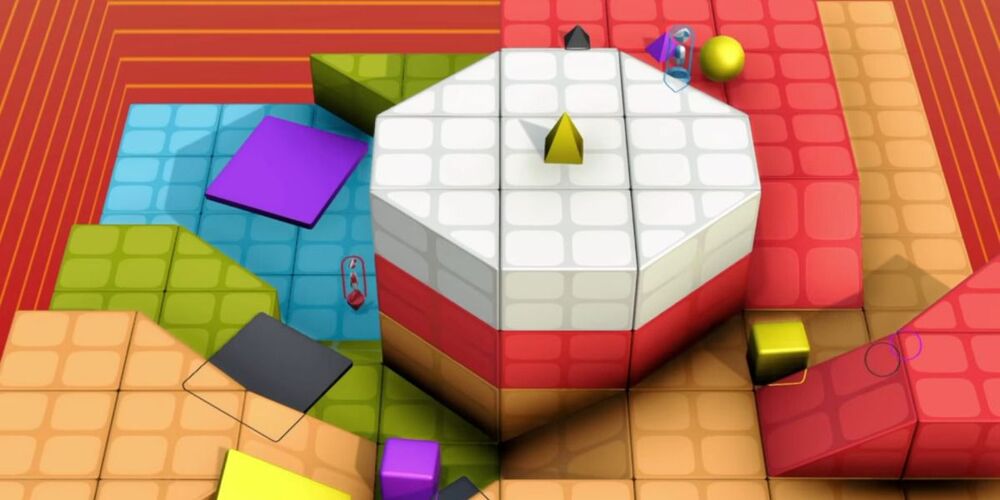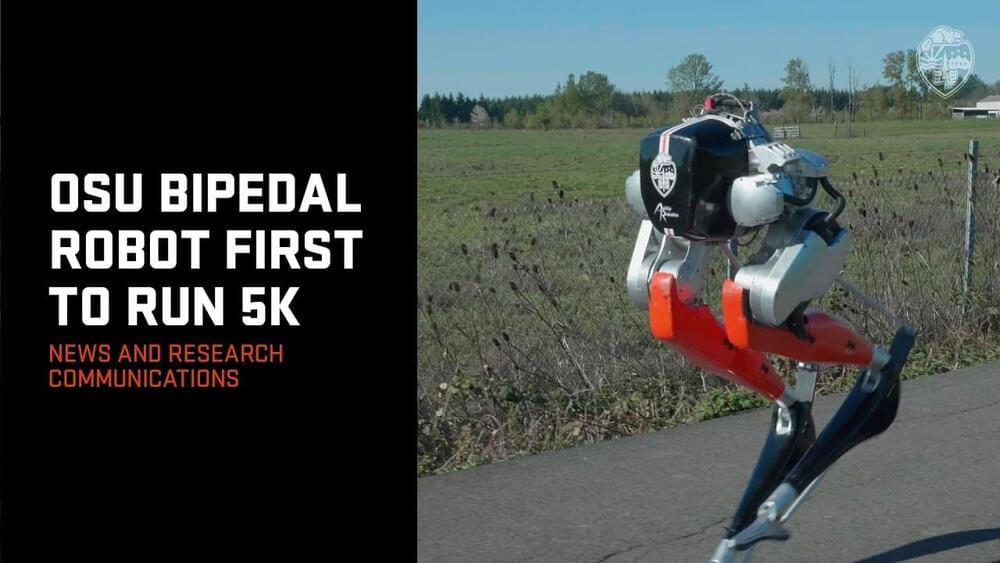Jul 30, 2021
An endlessly changing playground teaches AIs how to multitask
Posted by Genevieve Klien in category: robotics/AI
Virtual game worlds provide a non-stop stream of open-ended challenges that nudge AI towards general intelligence.

Virtual game worlds provide a non-stop stream of open-ended challenges that nudge AI towards general intelligence.
Prior to 1970, bulletproof vests were pretty iffy, with a history extending as far as the 1500s when there were attempts to make metal armor that was bulletproof. By the 20th century there was ballistic nylon, but it took kevlar to produce garments with real protection against projectile impact. Now a 3D printed nanomaterial might replace kevlar.
A group of scientists have published a paper that interconnected tetrakaidecahedrons made up of carbon struts that are arranged via two-photon lithography.
We know that tetrakaidecahedrons sound like a modern invention, but, in fact, they were proposed by Lord Kelvin in the 19th century as a shape that would allow things to be packed together with minimum surface area. Sometimes known as a Kelvin cell, the shape is used to model foam, among other things.
Daniel Korsun’s undergraduate career at MIT
MIT is an acronym for the Massachusetts Institute of Technology. It is a prestigious private research university in Cambridge, Massachusetts that was founded in 1861. It is organized into five Schools: architecture and planning; engineering; humanities, arts, and social sciences; management; and science. MIT’s impact includes many scientific breakthroughs and technological advances.
In a mind-mending experiment, scientists transformed purified water into metal for a few fleeting seconds, thus allowing the liquid to conduct electricity.
Unfiltered water can already conduct electricity — meaning negatively charged electrons can easily flow between its molecules — because unfiltered water contains salts, according to a statement about the new study. However, purified water contains only water molecules, whose outermost electrons remain bound to their designated atoms, and thus, they can’t flow freely through the water.
Adapted from The Grand Biocentric Design, by Robert Lanza and Matej Pavsic, published by BenBella Books (2020).
You keep staring at the repair man. His words are starting to sink in. The fabulous and expensive generator you bought a few years ago to keep the lights burning during storms and power failures needs a major repair.
“A head gasket?”
Continue reading “How Your Mind Really Works—Quantum Physics, Mayonnaise & the Mystery of Red” »

Granted, it’s a little different for a robot, since they don’t have lungs or a heart. But they do have a “brain” (software), “muscles” (hardware), and “fuel” (a battery), and these all had to work together for Cassie to be able to run.
The brunt of the work fell to the brain—in this case, a machine learning algorithm developed by students at Oregon State University’s Dynamic Robotics Laboratory. Specifically, they used deep reinforcement learning, a method that mimics the way humans learn from experience by using a trial-and-error process guided by feedback and rewards. Over many repetitions, the algorithm uses this process to learn how to accomplish a set task. In this case, since it was trying to learn to run, it may have tried moving the robot’s legs varying distances or at distinct angles while keeping it upright.
Continue reading “This Robot Taught Itself to Run, Then Proceeded to Knock Out a 5K” »
“There’s been a lot of speculation about what charge might do to cloud droplets, but there’s been very little practical and detailed investigation,” says Keri Nicoll, one of the core investigators on the project. The aim is to determine if the technology can increase rainfall rates in water-stressed regions.
Nicoll’s team started by modelling the behavior of clouds. They found that when cloud droplets have a positive or negative electrical charge, the smaller droplets are more likely to merge and grow to become big raindrops.
The size of the raindrops is important, says Nicoll, because in places like the UAE which has high clouds and high temperatures, droplets often evaporate as they fall.
Summary: Researchers have compiled a new, highly detailed 3D brain map that captures the shapes and activity of neurons in the visual neocortex of mice. The map is freely available for neuroscience researchers and artificial intelligence specialists to utilize.
Source: Allen Institute
Researchers from the University of Reading, in the UK, are using drones to give clouds an electrical charge, which could help increase rainfall in water-stressed regions.
